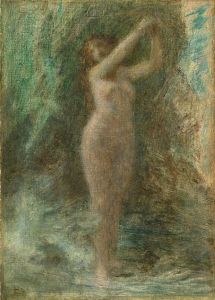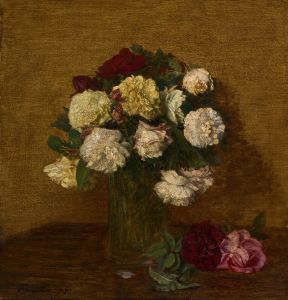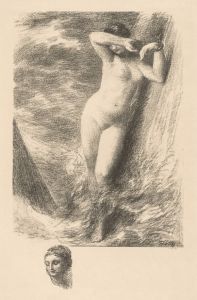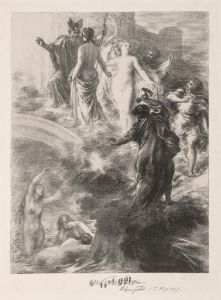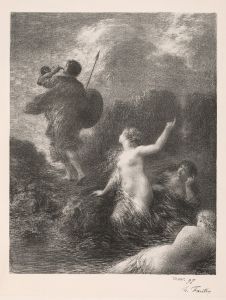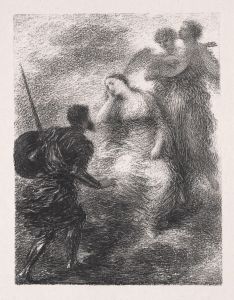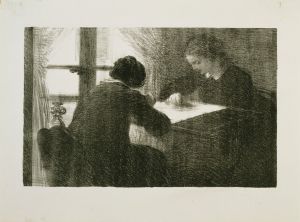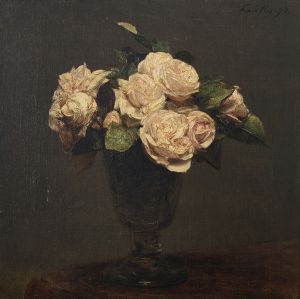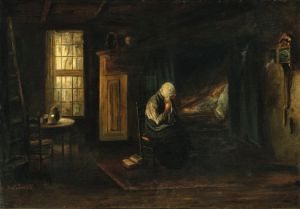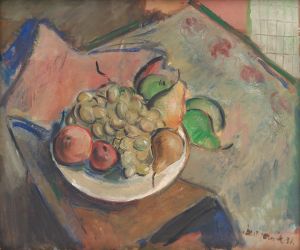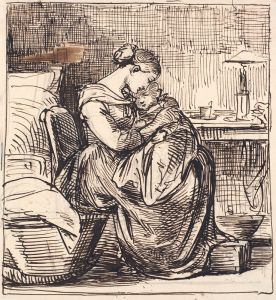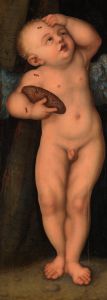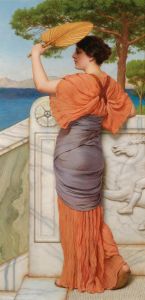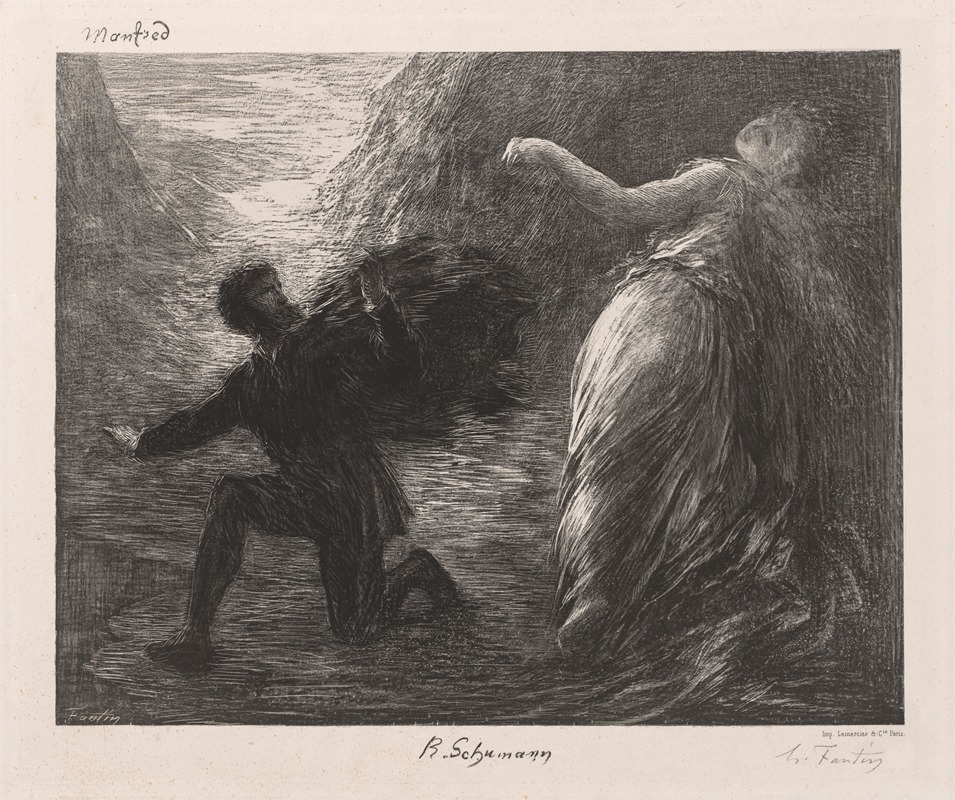
Manfred and Astarté
A hand-painted replica of Henri Fantin-Latour’s masterpiece Manfred and Astarté, meticulously crafted by professional artists to capture the true essence of the original. Each piece is created with museum-quality canvas and rare mineral pigments, carefully painted by experienced artists with delicate brushstrokes and rich, layered colors to perfectly recreate the texture of the original artwork. Unlike machine-printed reproductions, this hand-painted version brings the painting to life, infused with the artist’s emotions and skill in every stroke. Whether for personal collection or home decoration, it instantly elevates the artistic atmosphere of any space.
Henri Fantin-Latour, a French painter known for his still lifes and group portraits, created the painting Manfred and Astarté in 1854. This work is inspired by the dramatic poem Manfred (1817) by Lord Byron, a leading figure of the Romantic movement. Byron's poem tells the story of Manfred, a tormented nobleman haunted by guilt and seeking redemption, and Astarté, a mysterious and tragic figure who is central to his anguish.
Fantin-Latour's painting depicts a pivotal moment from Byron's poem, where Manfred confronts the spirit of Astarté. The scene is imbued with a sense of melancholy and supernatural tension, reflecting the Romantic themes of love, loss, and existential despair. The artist's use of muted tones and dramatic contrasts of light and shadow enhances the emotional intensity of the composition.
Fantin-Latour was deeply influenced by literature and music, and his works often drew upon these sources for inspiration. Manfred and Astarté exemplifies his interest in translating literary themes into visual art. The painting demonstrates his skill in capturing the psychological depth of his subjects and his ability to convey narrative through composition and atmosphere.
The painting is part of Fantin-Latour's early career, during which he explored themes of Romanticism before later becoming more widely recognized for his floral still lifes and portraits of contemporary artists and writers. While Manfred and Astarté is not as well-known as some of his other works, it remains a significant example of his engagement with literary and Romantic themes.
The current location of the painting is not widely documented, and it is not among Fantin-Latour's most frequently exhibited works. However, it continues to be of interest to scholars and enthusiasts of 19th-century art for its connection to Byron's poetry and its place within Fantin-Latour's broader oeuvre.





